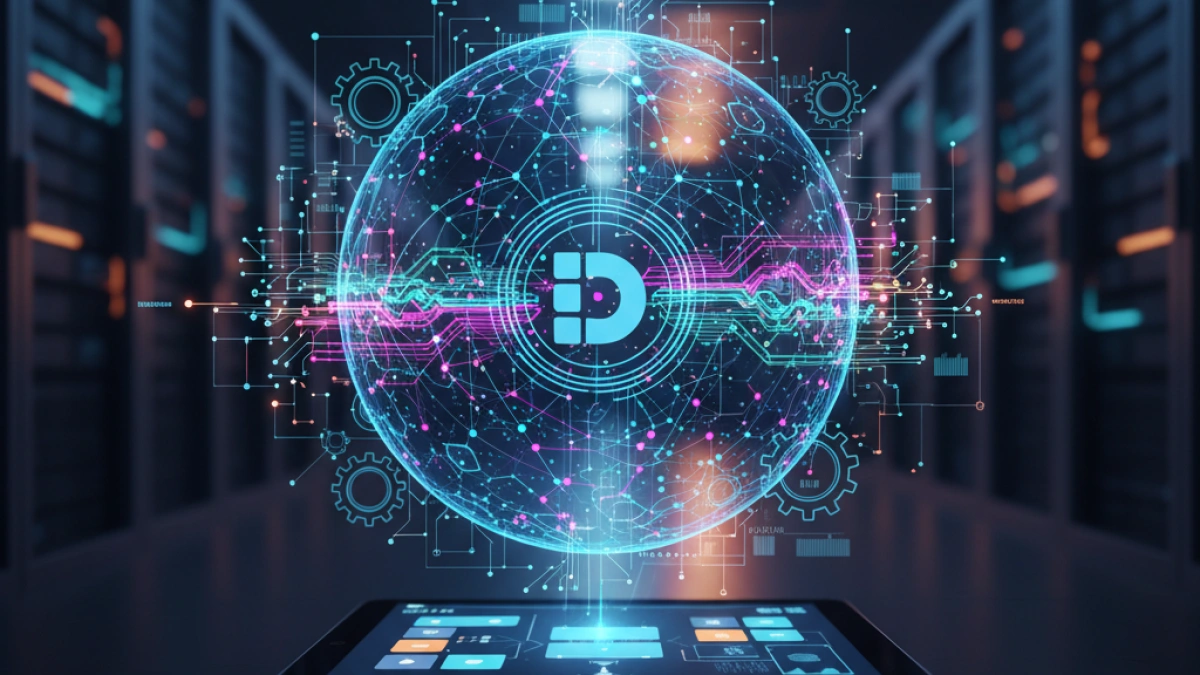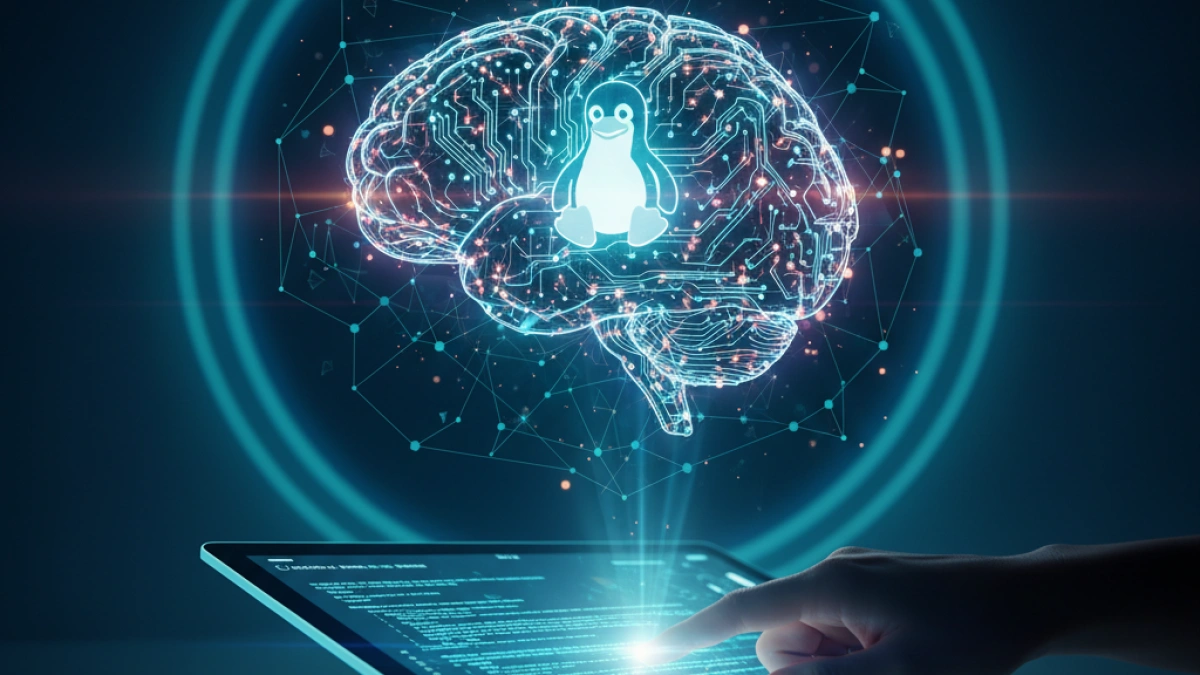What is Debian and How to Start Using It? Tips to Consider


Debian is one of the most popular and long-standing Linux-based operating systems in the free software community. With its focus on stability, security, and ease of use, Debian has established itself as a preferred choice for both servers and desktops. In this article, we will explore in depth what Debian is, how to start using it, and some useful tips to consider.
What is Debian?
Debian is a free operating system that uses the Linux kernel and is composed of open-source software. This project is managed by a community of developers from around the world who work together to ensure that Debian remains a secure, stable, and accessible operating system.
History of Debian
Debian was created in 1993 by Ian Murdock. Since then, it has grown tremendously, becoming a foundation for many other Linux distributions, such as Ubuntu. The community behind Debian is guided by a set of principles established in the "Debian Social Contract," thus ensuring that the operating system remains completely free.
Features of Debian
- Stability: Debian is known for its focus on stability. Before a new version is released, extensive testing is done to ensure that the system is reliable.
- Large software repository: Debian provides access to a wide variety of software through its repositories, making it easy to install applications.
- Customization: Users can customize their installation according to their needs, choosing from different desktop environments and available packages.
- Active community: The Debian community is very active and offers support through forums, mailing lists, and documentation.
How to Start Using Debian
Starting with Debian is a relatively straightforward process. Below is a step-by-step guide to help you get started.
Read also
Step 1: Download the ISO image
The first step to using Debian is to download the ISO image from the official Debian project page. Make sure to choose the correct version for your architecture (32-bit or 64-bit).
Step 2: Create an installation medium
Once you have downloaded the ISO image, the next step is to create an installation medium. You can do this using a USB flash drive or a DVD. If you are using a USB flash drive, programs like Rufus (on Windows) or Etcher (on macOS and Linux) are excellent choices for burning the image.
Step 3: Start the installation
With the installation medium ready, connect your USB or DVD to the computer and reboot it. Be sure to configure the BIOS to boot from the selected medium. An installation menu will appear where you can choose from several options.
Step 4: Configure the system
During the installation process, you will be prompted to configure various aspects of your system, such as the language, location, and network settings. Additionally, you will be able to select the packages you wish to install.
Step 5: Choose a desktop environment
Debian allows you to choose from several desktop environments, such as GNOME, KDE, Xfce, and LXDE. The choice of environment depends on your personal preferences and the resources available on your hardware.
Step 6: Finish the installation
Once you have configured everything, the installer will proceed to copy the necessary files to your hard drive. When completed, you will be prompted to restart the computer and remove the installation medium.
Tips to Consider When Using Debian
Keep It Updated
To keep your system secure and performing at its best, it is essential to keep Debian updated. You can do this by using the following command in the terminal:
sudo apt update && sudo apt upgrade
Use the Official Documentation
The official Debian documentation is a valuable resource. It includes guides, tutorials, and manuals that can help you troubleshoot and learn to use new features.
Familiarize Yourself with the APT Package Management System
Debian uses APT (Advanced Package Tool) for software management. Learning to use commands like apt install, apt remove, and apt search will allow you to effectively manage your applications.
Explore the Repositories
Debian has thousands of packages available in its repositories. You can explore different applications and tools that fit your needs. Use the command apt search <package_name> to find software you want.
Try Debian Live
If you are unsure whether Debian is the right operating system for you, you can download a Live version of Debian. This will allow you to try the system without installing it on your computer.
Consider Data Backup
Before making any significant changes to your system, be sure to back up your data. You can use backup tools like Deja Dup or rsync.
Conclusion
Debian is an excellent choice for those seeking a robust, secure, and free operating system. With its long history and active community, Debian offers a solid experience for both beginner and expert users. By following the steps and advice provided in this article, you will be well on your way to enjoying everything Debian has to offer. Are you ready to dive into the world of Debian? Start today!

















